What does a Chinese pear look like and how to grow it?
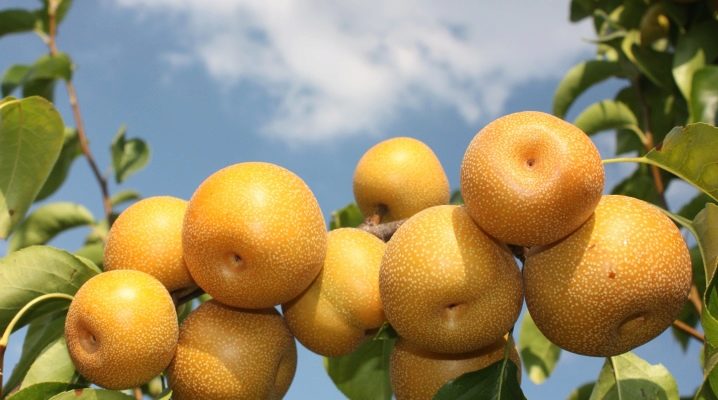
An unpretentious Chinese pear can become a decoration of any garden. However, for cultivation in Russia, most often not the initial variety is chosen, but only winter hybrids that are resistant to low temperatures.

general description
The Chinese pear on the Russian market appears under the names Neshi, sand, crystal, Taiwanese and Japanese, but, in fact, we are talking about varieties of the same variety.and. The ancestor of this fruit is a forest pear variety called Yamanashi. It had a number of advantages: resistance to cold, the ability to develop in unfavorable conditions, large fruits, but at the same time it was characterized by a sour taste and a very dense skin.
Because of this, Japanese breeders decided to take "Yamanashi" as the basis for further crossbreeding. As a result, the pear, crossed with the apple tree, acquired the sweetest juicy pulp.
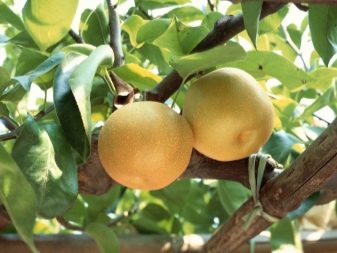
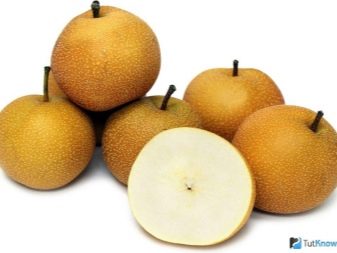
The height of the modern pear tree ranges from 4 to 10 meters. The classic variety was tall, but a more compact hybrid took root more in Russia. The lifespan of a Chinese pear can be up to 50 years. Some winter hybrids can withstand temperatures as low as -35 degrees, while others have to provide additional protection during the cold season. The crop yield is increasing every year. For example, in the fifth year of life, she gives from 60 to 80 kilograms, and in the thirtieth - about 200 kilograms. The maximum harvest indicators reached 500 kilograms.
The fruits that appear on the branches are very similar to apples. The round-shaped fruits are covered with a thin skin, the shade of which, depending on the variety, can vary from light green to bronze. The Chinese pear does not look very large: its diameter is about 4 centimeters, and its weight varies from 120 to 300 grams.
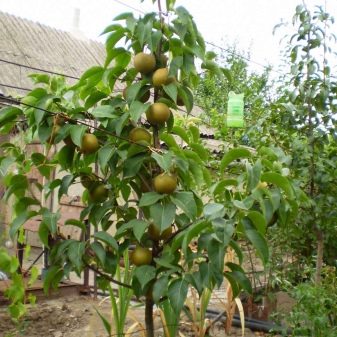
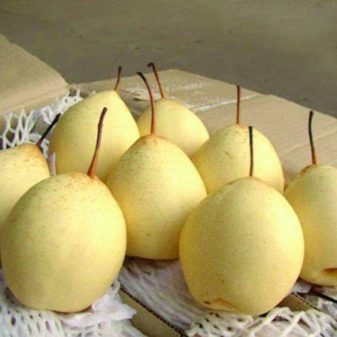
Popular varieties
Only a few varieties of the Chinese pear are grown in Russia. One of them is Morning Freshness, a summer variety that is harvested in mid-August. Pears, covered with a shiny bright green skin, weigh no more than 130 grams. They are characterized by a sugary taste and excellent keeping quality.
The immunity of the variety successfully protects it from fungi and viruses, but in winter the trees have to be additionally insulated.

Round fruits of the Kosu variety ripen in mid-July. Their skin is golden-bronze colored and covered with white dots. The mass of the fruit with a sweet, juicy pulp varies from 120 to 160 grams. A pear tree, not exceeding 4 meters in height, is capable of bearing fruit already in the second year after planting. The disadvantage of this variation is the impossibility of storage - the fruits have to be processed or eaten immediately.
The variety is frost resistant and requires shelter only at very low temperatures.
The Khosu pear reaches a height of 2 meters. Being columnar, it practically does not have a crown, however, the fruits are actively tied on all lateral shoots. Fruiting of the tree is accompanied by the appearance of fruits weighing up to 300 grams. Their firm flesh is protected by a bronze skin. "Hosu" is able to withstand cold snaps down to -30 degrees and requires minimal maintenance.
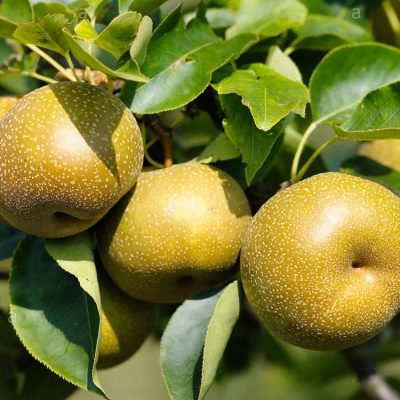
"Crystal" pear is an autumn variety, whose high yields start from the second or third year of life. The weight of the light yellow fruit varies from 160 to 220 grams.Juicy but firm pulp has a delicate taste. The advantages of the variety include its ability to resist fungal infections.
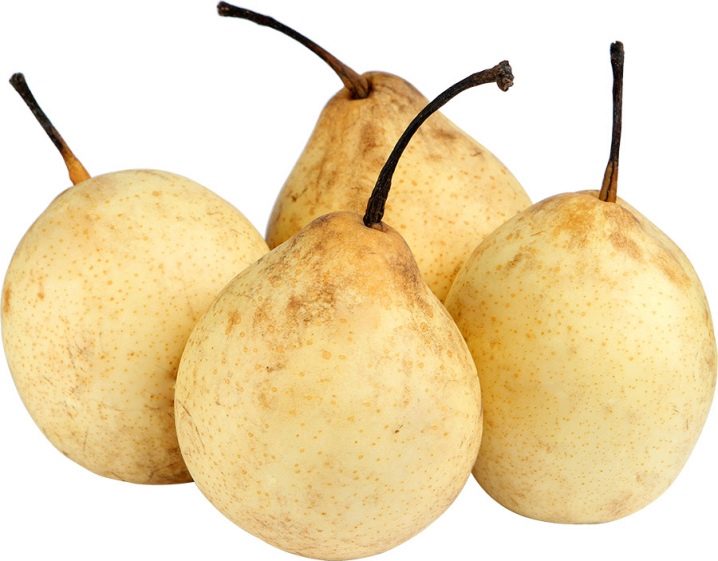
Variation titled "Sequi" attracts with its unusual melon flavor with a spicy aftertaste. Large fruits, sitting on long legs, are covered with a bronze skin.
Fruiting of the variety begins at the end of August.
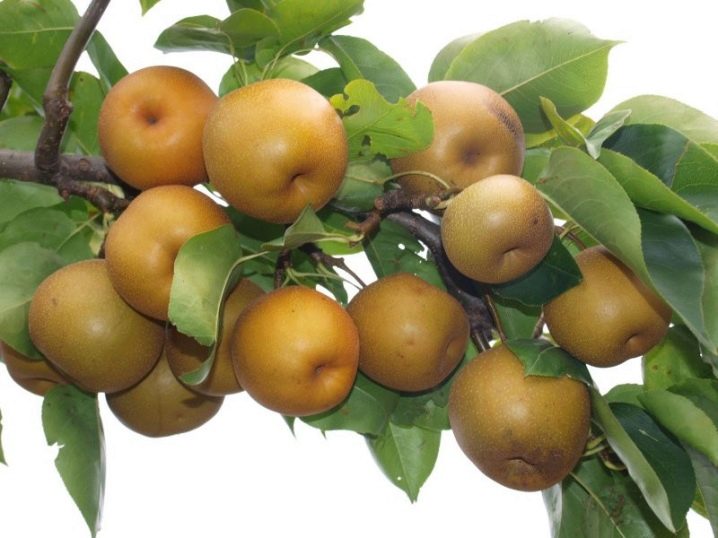
Landing
Planting a Chinese pear can be carried out using seedlings, or by grafting. In the first case, the trees have a longer life span, and in the second, early fruiting.
Dates and weather conditions
Planting a tree is allowed both in spring and autumn, but only in case of warm weather. For example, in temperate latitudes, autumn planting is generally impossible, since with the arrival of frost, the seedling that has not yet taken root will quickly die.
A prerequisite for the procedure is to maintain the daytime temperature above +10 degrees.

Seat selection
The Chinese pear will be planted on nutritious and loose soil with a normal acidity level. If the soil is too clayey, then sand should be added to it, and excessive acid is normalized by limestone.
It is important that the garden bed is planned on the south side and well lit. Ideal if it is located on a hill.
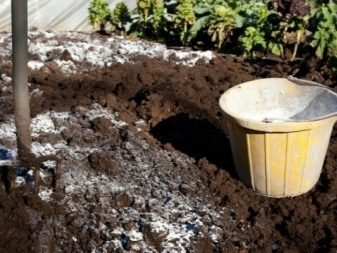
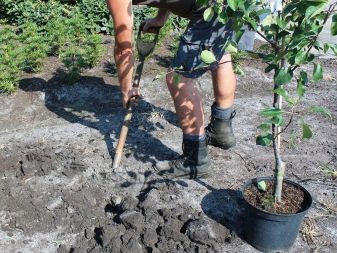
Technology
Planting of seedlings is always carried out before the buds of the pear swell and the process of moving the juices begins. The planting sample is soaked in water for a couple of days and cleaned from damaged fragments. A hole with a diameter and depth of 60 centimeters was dug out in the previous fall. At the same time, a mixture of 6 kilograms of humus, 60 grams of superphosphate and 15 grams of potassium chloride is introduced into it. Fertilizers must be covered with soil.
In the spring, all the soil is removed from the hole, and a mound is formed at the bottom. It is better to immediately install a stick next to it for support. The seedlings are neatly placed in the recess so that their roots are spread over the tubercle. Everything is covered with soil, but the root neck should remain above the surface at a height of 5 centimeters. The surface is compacted, the seedling is fixed on a support, and the recess around the trunk circle is filled with 10 liters of water.
It is worth mentioning that you can graft a Chinese pear on any plant of the same species, wild wild or even mountain ash. The distance between them is maintained from 1 to 3 meters, depending on the specifics of the trees used.
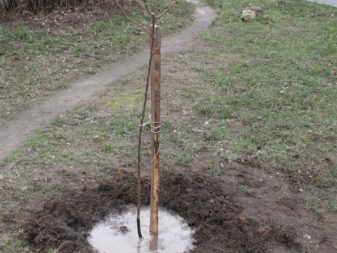
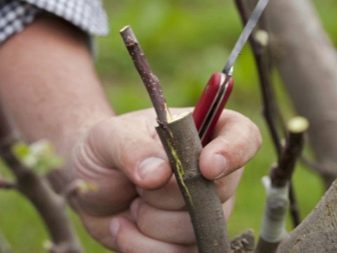
Care
The Chinese pear is unpretentious, and therefore caring for it is not particularly difficult. The culture does not need a large amount of nitrogen, so adding ammonium nitrate to the soil in the spring will be sufficient. Each square meter is fertilized with 20 grams of the drug. A similar procedure is carried out for the first 3-4 years of the tree's life, and then only in the case of nitrogen starvation. Organic matter in the form of humus and compost is applied in autumn every 3-5 years. More often, the culture requires potassium, phosphorus and copper.
Every year the growing Chinese pear should receive a mixture of phosphorus and potassium. A young plant needs 40 grams of the first drug and 20 grams of the second, and an adult needs 60 and 30 grams, respectively. In order not to burn the roots, the mixture will need to be mixed with earth and distributed over the hole that goes around the trunk. Further, fertilizers are supplemented with half a bucket of humus and covered with earth. When the fruit begins to ripen at the pear, during the study of the trunk circle, it will be necessary to add from 1 to 3 glasses of wood ash.
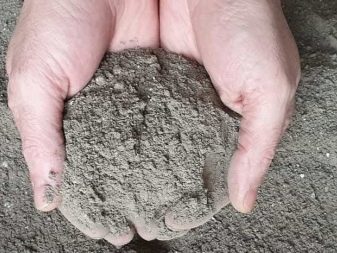

The Chinese pear loves water, but does not require constant stay in moist soil. It is important to prevent waterlogging of the soil, but at the same time to prevent it from drying out. The seedling needs watering once a week. Each tree should receive 2 buckets of sun-warmed water directed into grooves dug near the pear. If possible, one half of the liquid is used in the morning, and the other in the evening.An adult tree is irrigated 1-2 times a month with about 3 buckets of water for each square meter. The liquid is now distributed in 3-4 annular grooves. In rainy seasons, irrigation is carried out as needed.
Caring for old pears necessarily includes a procedure such as anti-aging pruning. It is carried out, as a rule, from the end of winter until the beginning of the swelling of the kidneys. First of all, the tree is freed from diseased and broken branches, as well as those shoots that are not capable of fruiting. Further, the so-called contour specimens are eliminated, as well as those that run parallel to the crown or develop at an acute angle. The procedure ends with the treatment of all open wounds with garden varnish or a substance of a similar action. During work, it is important to ensure that no more than a third of the branches are removed at a time, otherwise the pear will weaken.
As for the formation of a young tree, in the second year of its life it will be necessary to remove all weak shoots, leaving only 4 of the largest and healthiest ones, located at an equal distance from each other. In an adult pear, not only broken branches will be removed, but also those that grow inside the crown.
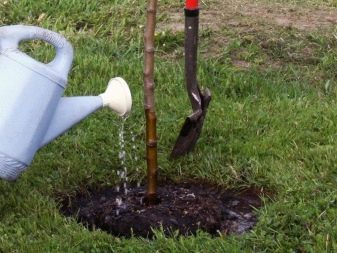

A supportive event is always organized before the start of the movement of juices, while the temperature is in the range from -15 to +5 degrees.
Diseases and pests
The Chinese pear has good immunity, and therefore does not suffer from the most common diseases of fruit trees: scab, rust, rot and bacterial infections. Of insects, the culture is exposed only to the flower beetle. A number of preventive measures are taken to prevent pest attacks. So, tree trunks are cleaned of old and damaged bark, and the trunks are covered with whitewash in a timely manner. Fallen leaves are not only removed from the site, but also burned so as not to become a wintering place for insects. Finally, there are sticky traps on the trunks.
If insects are nevertheless found on the tree, then they will need to be eliminated with the help of commercial insecticides, such as Inta-Vir or Kinmiks. It should also be mentioned that it is not recommended to plant a Chinese pear next to a juniper, as fungal spores can fly from it.
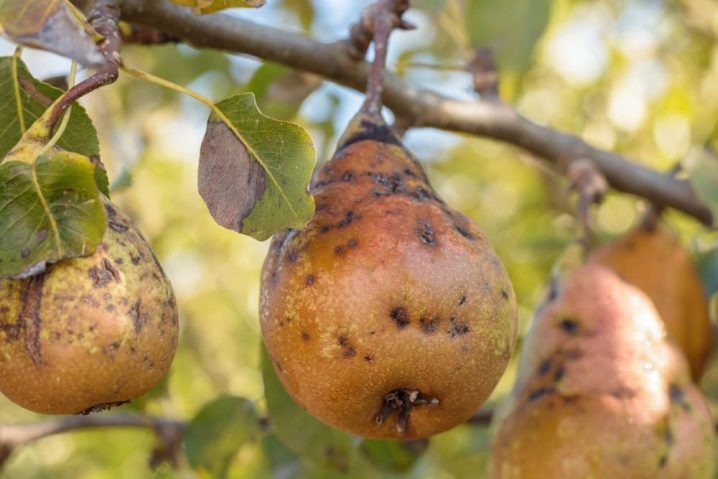
Harvesting and storage
Various varieties of Chinese pears are harvested from mid-July to almost mid-September. The ripeness of the fruit can be determined by the condition of the skin - it should turn yellow or almost bronze. It is important that the skin maintains its density and remains clean. Since the fruit is securely fixed on the tree, they should be removed not only with effort, but also with great accuracy. Each pear obtained is wrapped in paper, after which it is laid out in a box or container in a maximum of three rows.
If it is decided to put the fruits in the refrigerator, then they will also have to be protected by individual packaging beforehand. Chinese pear varieties have good keeping quality, but their shelf life is still different. So, the fruits of the "Kosu" variety are used first of all, and "Olympic" is able to lie until the New Year, without losing either the sweetest taste or pleasant aroma.
It should be borne in mind that the Chinese pear is very sensitive to mechanical damage. In other words, a fall of the fruit, a jolt, a strong blow can lead to a change in the color of the skin, and hence the loss of a presentation.
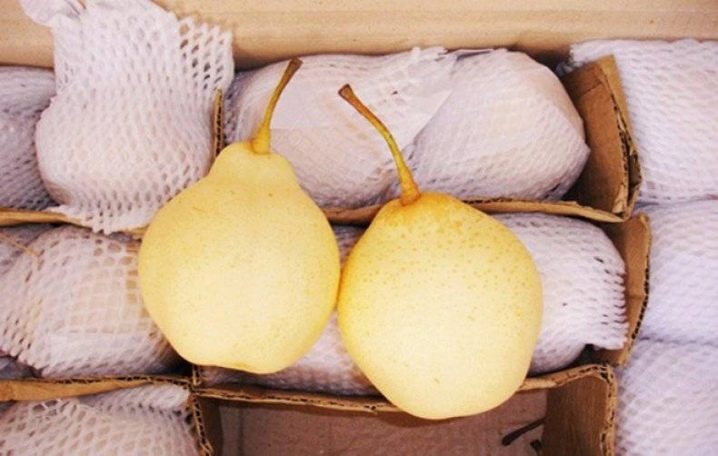












The comment was sent successfully.